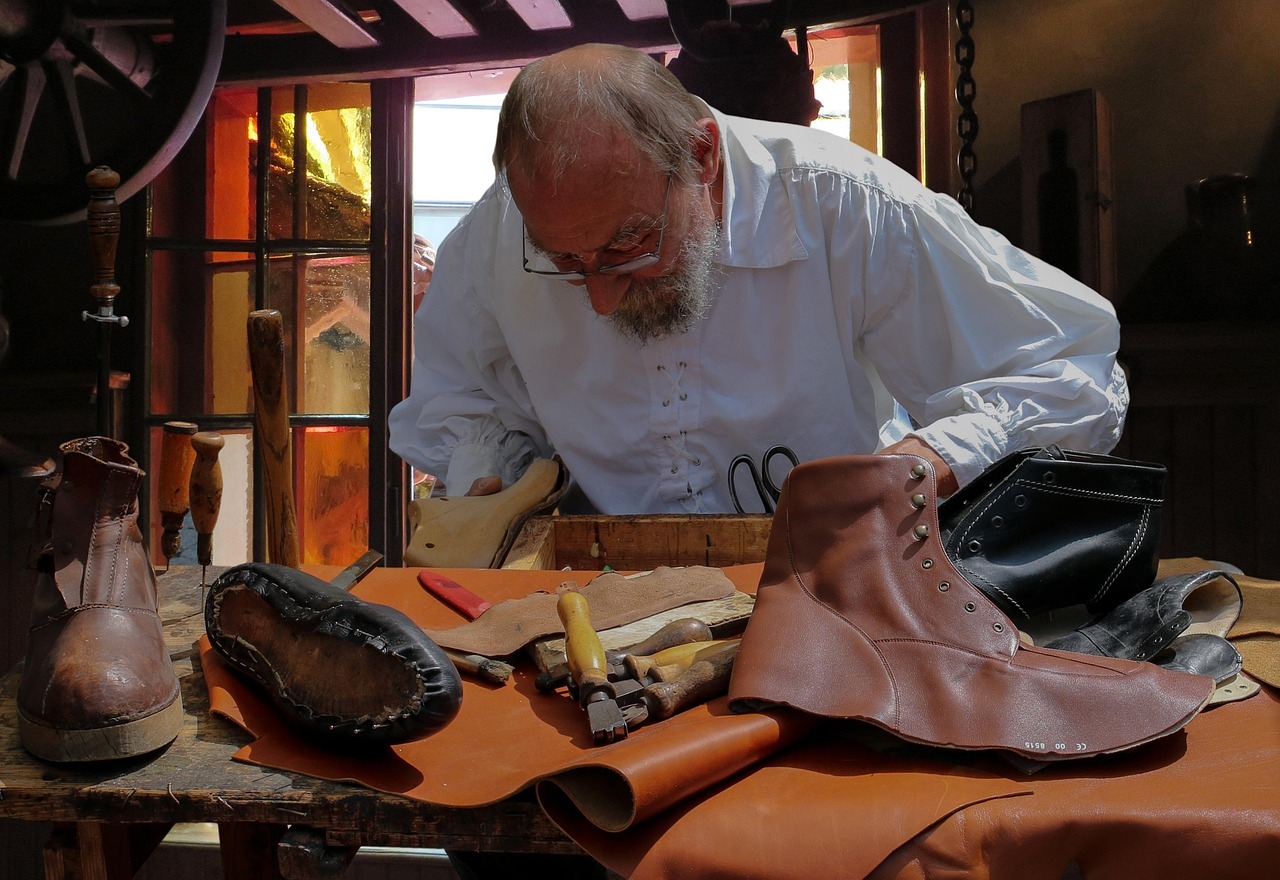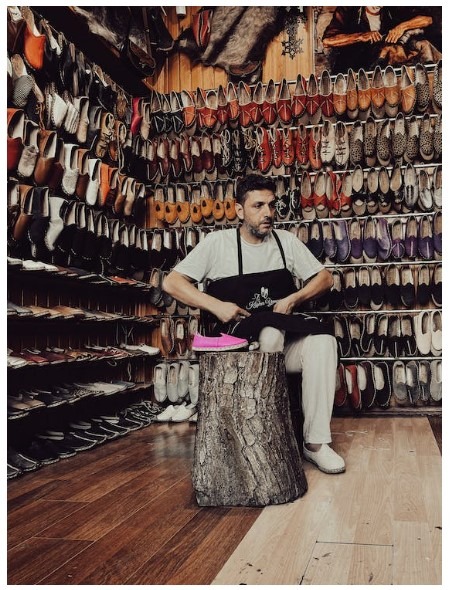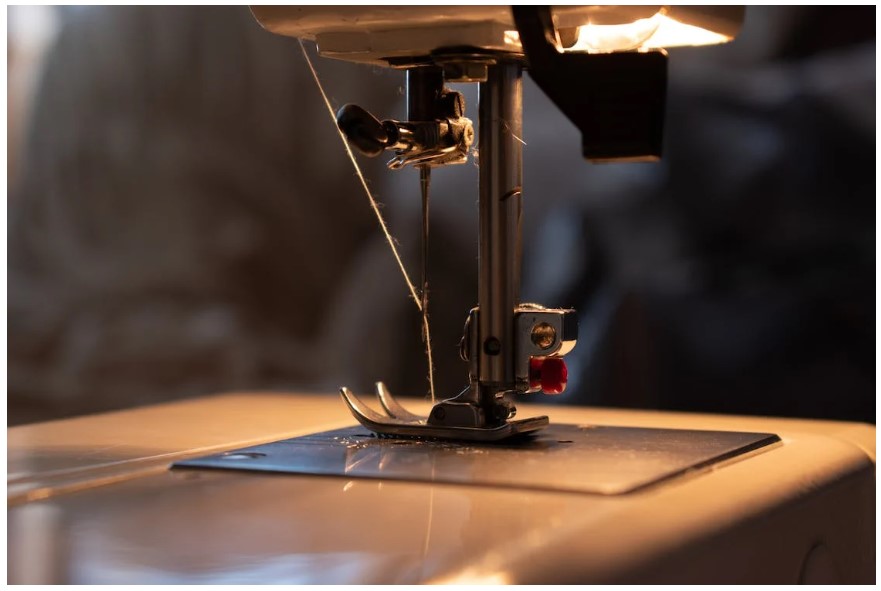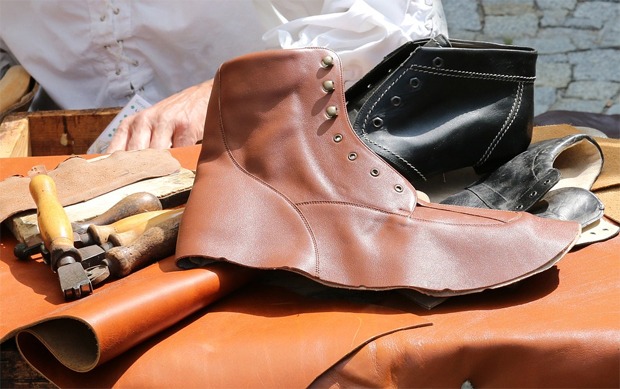Footwear is defined as a garment that is worn around the foot. Their basic function is to protect our feet. Lately, though, footwear has become one of the important parts of fashion, coming in different colors, styles, and shapes, but the basic function of protection is still there.
There are many types of footwear — shoes, climbing boots, sandals, slippers, and many others. Footwear is categorized and divided into several types. There are athletic shoes (sneakers), galoshes, high heels, stilettos, kitten heels, lace-up shoes, high tops, loafers, Mary Janes, school shoes, platform shoes, clogs etc.
Shoemaking used to be a traditional handicraft profession in the olden days. But now, with the advancement of industry and technology, large companies have taken over the manufacture of shoes and other footwear.
There are a variety of materials that are used to make shoes, including of course leather, rubber, plastic, wood, jute, and metal. However, these days, pairs of shoes can be made in less time due to the development of modern machines.
Making shoes by your own hands is certainly complex and time-consuming. Depending on the type of footwear that you choose to make, materials may vary.
Parts of the shoe:
1) The outer part of the shoe
The outer part of the shoe is made of leather or any sturdy material. They may come in a variety of thicknesses, qualities, and colors.
2) The Insole
The insole is an interior bottom of the shoe which sits directly underneath the foot. An insole has to be supportive and comfortable. In many shoes, extra removable insoles are often added for more support and comfort.
3) The Midsole
It is the layer that lies between the insole and outsole. Midsoles provide cushion and shock absorption. Some special shoes, like running shoes, have midsoles in them, while some shoes do not. Midsoles are usually made of cork but they can be also made of other materials.
4) The Outsole
The outsole is the layer of the shoe that directly touches the ground. The outsole can be made of various materials such as leather, resin, plastic, natural or synthetic rubber, etc.
5) The Welt
A welt is a strip of leather, rubber or plastic which is used to attach the upper section of the shoes to the soles.
The departments in a shoemaking manufacturing company
A footwear manufacturing company usually has five main departments in which a continuous order is followed in making shoes, and what each department does.
1) Clicking or Cutting Department
This is where the upper part of the shoe is made. This department usually works with leather (mostly cow leather but they may work on any other type of leather). Workers cut out pieces of various shapes that will take the form of the upper parts of the shoe. These workers use specialized metal strip knives in cutting. This job requires a special skill as expensive leather has to be wasted as little as possible.
2) Closing or Machining Department
In this department, the component pieces are stitched together by machinists to produce a completed upper part of the shoe. The early stages consist of the pieces being sewn together on the flat machine. In the last stages, the upper is no longer flat but has become three-dimensional. In this particular stage, a machine called a “post” is used. The sewing surface is raised on a post to enable in sewing the “3-D” upper part. To give the upper a better look, various treatments are also added on the leather. The eyelets are also added for the laces.
3) Lasting and Making Department
Once the uppers are completed, they are then molded into a shape of a foot through the help of the “last,” or a shoemaking form that simulates the foot shape. Once the shoe is done, the last is removed to be used in other shoes. First, an insole is attached underneath the last; this should be a temporary attachment. At times, when welted shoes are made, there are ribs on the insole that are joined under its edge.
The upper part, meanwhile, is stretched and molded over the last and attached under the insole rib. The “lasted shoe” is now finished.
The welt is then stitched onto the shoe through the rib. The upper part and the surplus parts are whittled off the seam. The sole is then attached to the welt and these two parts are sewn together. The heel is then finally fastened, completing the shoe.
4) Finishing Department
The finishing of the shoe depends on the shoe’s material. If the shoe is made of leather, the sole edge and the heel is trimmed and given a smooth finish by buffing. The sole edge is also stained, polished and waxed to give it a more attractive finish and make it more waterproof. The bottom of the sole is usually buffed (but only lightly) and is also stained and polished. To give it a complete look, different types of pattern are marked on the surface.
5) Shoe room
In the shoe room, an internal sock is fitted into the shoe. An internal sock may be of any size, either half or quarter, and usually has the manufacturer’s details or a brand name whenever applicable. If they are leather shoes, they are then sprayed and polished, but cleaning may vary for shoes of other material. Depending on the shoes, laces and any tags are also included. Shoe care instructions may also be attached. Finally, the shoes are ready to be packed in boxes.
The next time you wear a pair of shoes, whether it be a work shoe, sports shoe or the latest item in fashion, you’ve got to be grateful for people who work hard to have your shoes perfected.






